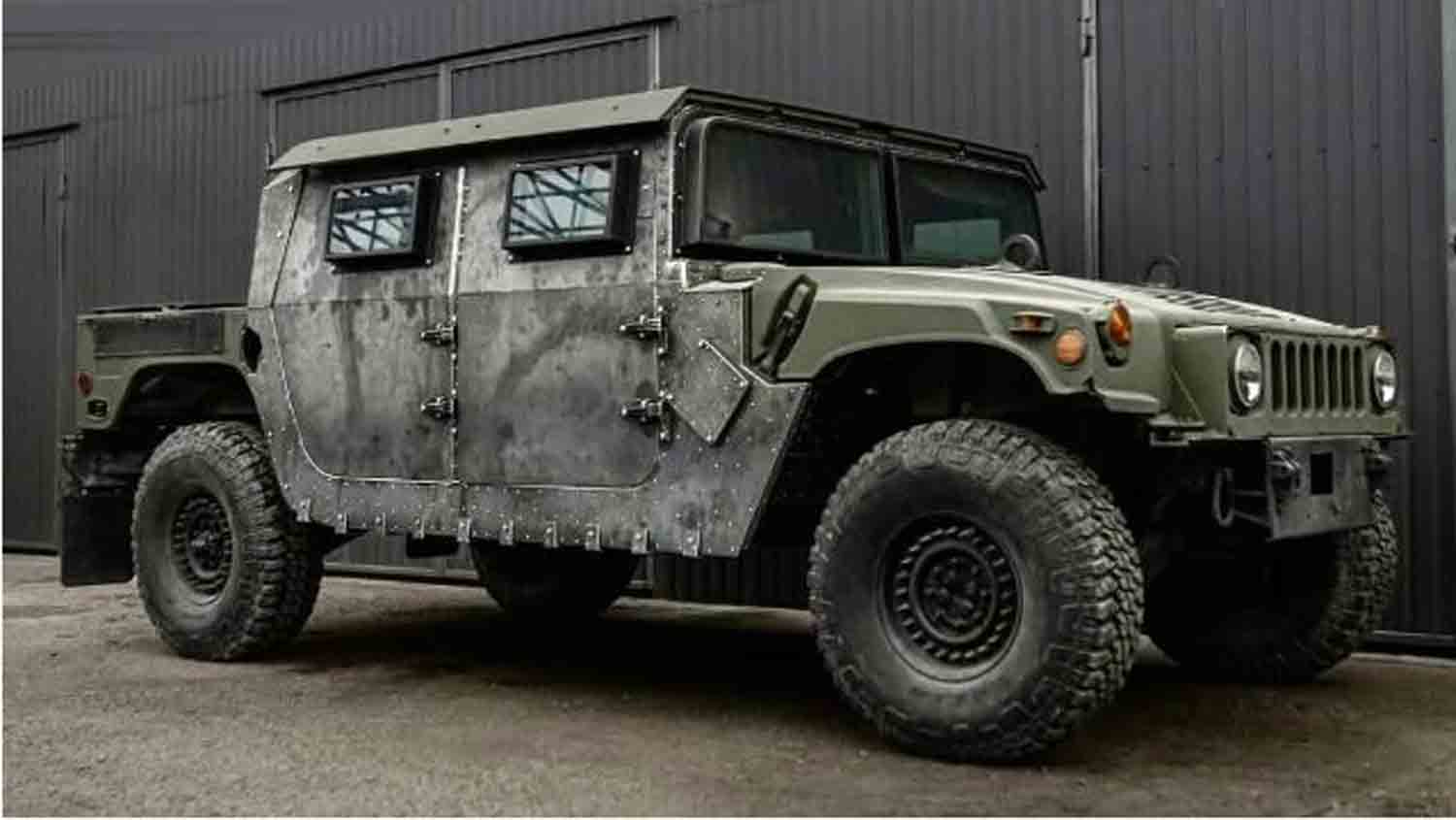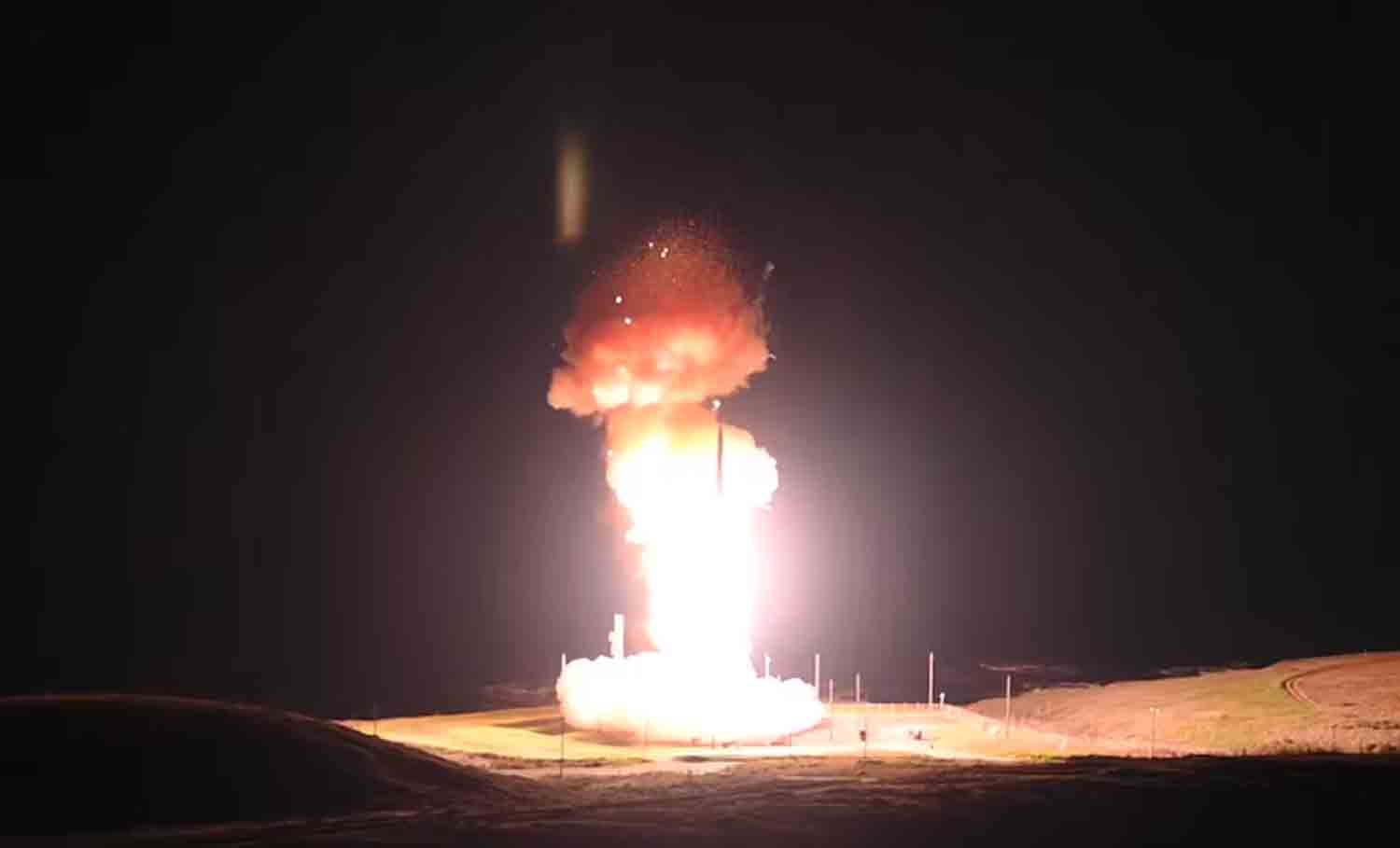RTX and Lockheed Martin are set to begin flight tests this year as they compete to create a successor to the U.S. Army’s Stinger missile.
The Army is seeking a replacement for the Stinger missile that enhances short-range air defense capabilities, focusing on increased speed, resilience against jamming, and improved accuracy against challenging targets such as drones.
In September 2023, the Army awarded contracts to both RTX and Lockheed Martin to collaboratively develop this Stinger replacement. The Stinger missiles produced by RTX are currently utilized in the Army’s interim Maneuver-Short Range Air Defense (MSHORAD) system, as well as in a portable format for air defense operations.
The Army has long intended to advance a next-generation interceptor for short-range air defense, but this initiative has gained urgency following the deployment of Stinger missiles to Ukraine in response to the Russian invasion.
While the Army no longer manufactures new Stinger missiles, it continues to refurbish existing stock. To restore its inventory, the Army aims to replace outdated missiles with new alternatives.
RTX recently announced the successful completion of 10 subsystem demonstrations for its Next-Generation Short-Range Interceptor (NGSRI), as stated in a release on Tuesday.
Successful demonstrations of these subsystems represent a vital advancement in fulfilling the U.S. Army’s requirements for range and performance in this innovative short-range air defense capability, stated Tom Laliberty, president of land & air defense systems at the company. “We are assured of our capacity to swiftly provide the Army with an affordable, low-risk, and highly producible NGSRI solution.”
The subsystem evaluations included tests that confirmed the advanced seeker’s range surpassed that of the existing Stinger, both in laboratory settings and outdoor conditions. Additionally, the company validated that its flight rocket motor could enhance the intercept range during engagements.
The new system also showcased improved capabilities in detecting and identifying aerial targets, even under low-visibility conditions. In arena testing, the new Stinger’s warhead exhibited “precise and repeatable lethality” against a wide array of threat targets, as noted in the statement.
Further demonstrations “focused on essential missile functions such as tracking, guidance, aerodynamic control, fuzing, and safety,” the statement highlighted.
The new missiles are set to be delivered to U.S. soldiers and Marines for a touchpoint exercise, where they will gather feedback, according to the company. A system flight demonstration is also anticipated to take place later this year, as mentioned in the statement.
Lockheed Martin informed Defense News that following its contract award for the development of a Stinger replacement, it has engaged in two soldier touchpoints, both of which garnered positive feedback from the participating warfighters, according to Randy Crites, vice president of advanced programs for Lockheed Martin’s missiles and fire control division.
The company is gearing up for several flight tests this year.
“Our solution enhances performance for both mounted and dismounted MSHORAD operations, offering dismounted soldiers and marines capabilities that are comparable to those of mounted platforms,” Crites stated.
The Stinger competition is projected to span five years for the development and qualification of the new interceptor, leading into low-rate production, as noted by Maj. Gen. Frank Lozano, head of the Program Executive Office Missiles and Space, in late 2023 shortly after the contracts were awarded.
In the initial two years, each of the two competing companies will focus on missile development and produce a “very small quantity” of these missiles. At the conclusion of this phase, a “fly-off” will be conducted, Lozano explained.
Should both missile designs perform satisfactorily, the Army will advance both vendors into the second phase of the rapid prototyping initiative. During this phase, the Army will request modifications and enhancements to the missiles, leading to the creation of another set of prototypes. The competitors will then participate in another round of fly-offs.
Subsequently, the service will choose a single vendor to enter the production phase.
Lozano emphasized that the Army intends to maintain flexibility in this process.
“If one vendor excels while the other underperforms, we have the option at the conclusion of the two-year period to discontinue one vendor and continue with just one for the remaining three years of the program,” Lozano explained. “However, we would prefer to avoid that scenario; our goal is to sustain competition for as long as we can.”
Discover more from Defence Talks | Defense News Hub, Military Updates, Security Insights
Subscribe to get the latest posts sent to your email.





